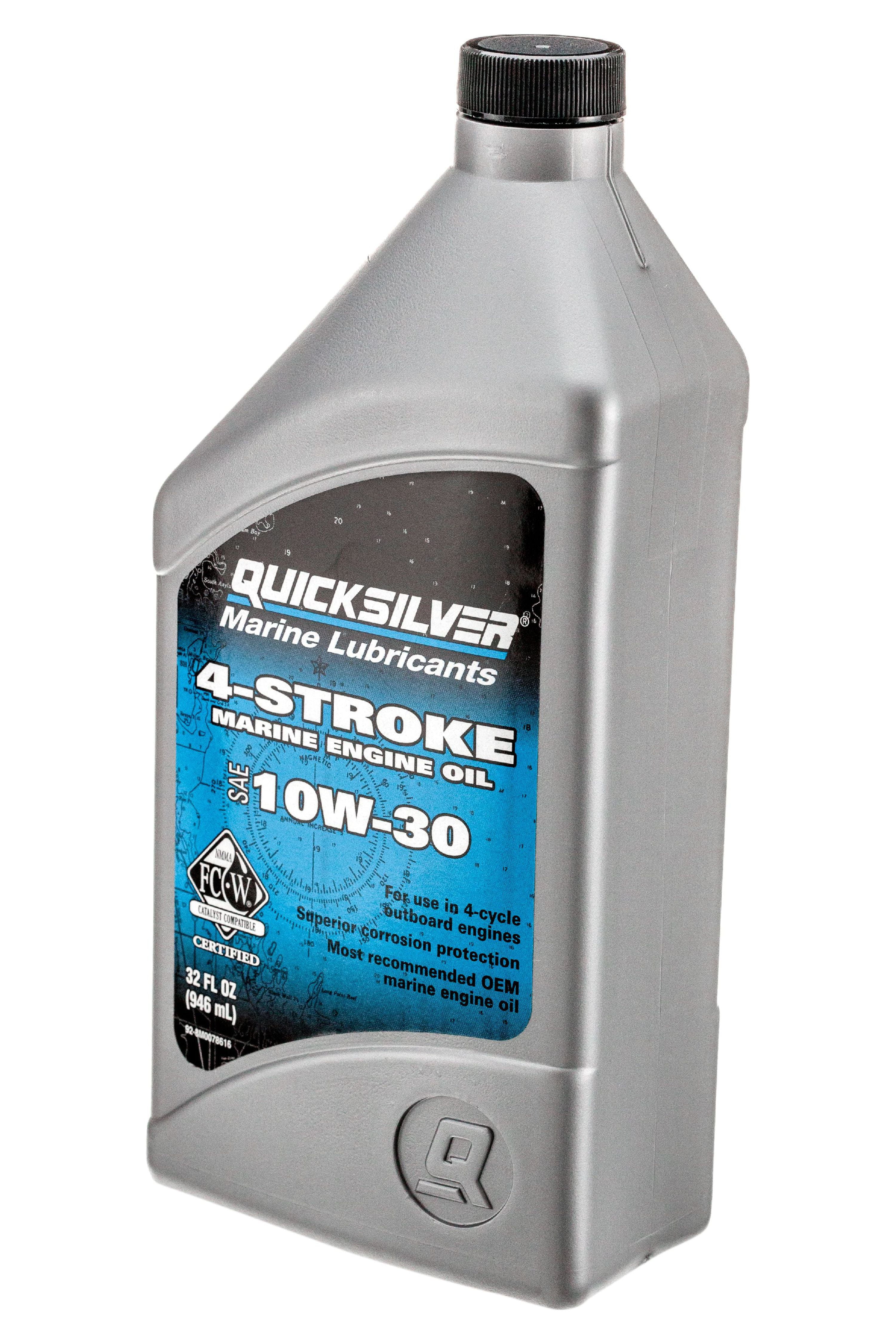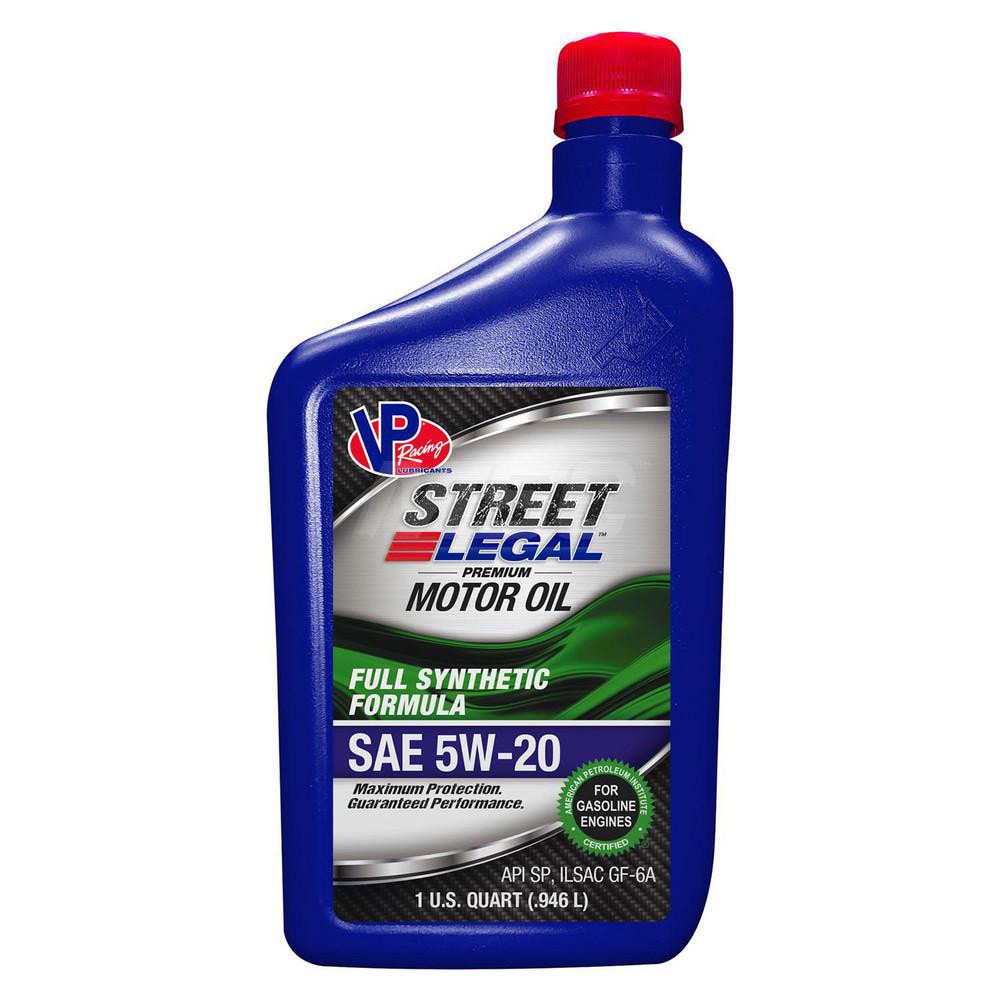Marine motor oil is typically colored light amber or yellow. Marine motor oil is commonly found in light amber or yellow hues.
It is important to note that the color of marine motor oil can vary depending on the brand and type of oil used. However, most marine motor oils have a light amber or yellow color, which helps in identifying and distinguishing them from other types of motor oils.
The color of marine motor oil is a result of the additives and chemicals used in its formulation, which contribute to its lubrication and protection properties. So, if you ever come across marine motor oil, you can expect it to be light amber or yellow in color.

Credit: www.walmart.com
The Enigma Of Marine Motor Oil Color
When it comes to marine motor oil, the color can be quite an enigma for many boat owners. The color of the oil in your engine can vary and may not necessarily indicate its quality or performance. Let’s delve deeper into this mystery under the subheading:
Why Color Matters
The color of marine motor oil may change due to additives or contaminants present in the engine. However, this does not always reflect the oil’s effectiveness or condition.
Common Myths
There are misconceptions that dark oil is always bad or that clear oil is always good. In reality, the color alone is not a reliable indicator of the oil’s quality.
Diving Into The Spectrum
Typical Color Range
Marine motor oil can vary in color, typically falling within the range of amber to dark brown. This color variation is influenced by the type of oil and its additives. Understanding the typical color range of marine motor oil can help in identifying potential issues with the oil or the engine.
Factors Affecting Color
Several factors can impact the color of marine motor oil. The presence of additives, such as detergents and dispersants, can affect the oil’s color. Additionally, the age and usage of the oil, as well as the type of base oil used, contribute to the variation in color. Monitoring these factors can provide insights into the condition and performance of the marine engine.
Breaking Down The Colors
Fresh Oil Hues
Marine motor oil typically comes in a range of colors, each indicating the type and composition of the oil. Fresh oil hues can vary from light amber to golden yellow or even light brown.
Changes Over Time
As marine motor oil is used, it undergoes changes in color due to exposure to high temperatures, contaminants, and oxidation. Over time, the original color may darken to a dark amber, brown, or even black shade, signifying the accumulation of impurities.
Comparing Marine Oil To Automotive Oil
Marine motor oil and automotive oil are both essential for the smooth operation of engines. Understanding their differences is crucial for optimal engine performance and longevity.
Visual Differences
Marine Motor Oil: Typically has a darker, more opaque appearance due to the specific additives designed to protect marine engines from harsh marine conditions.
Automotive Oil: Generally lighter in color and more translucent, formulated to meet the demands of land-based engines.
Performance Implications
Marine Motor Oil: Formulated to combat corrosion, rust, and water contamination, ensuring the protection of marine engines in marine environments.
Automotive Oil: Tailored to handle higher operating temperatures and combat internal combustion by-products in land vehicles.
The Science Behind The Shades
Have you ever wondered about the color of marine motor oil and what causes it to vary? Let’s delve into the Chemical Composition and Environmental Influences that play a role in determining the hues of marine motor oil.
Chemical Composition
The color of marine motor oil is primarily influenced by its chemical composition. Additives and impurities in the oil can produce different colors, such as yellow, green, or brown, depending on the blend.
Environmental Influences
External factors like temperature and oxidation can also impact the color of marine motor oil. High temperatures can darken the oil, while oxidation may result in a reddish tint.

Credit: www.boats.com
Deciphering Oil Color Changes
Marine motor oil color changes can indicate engine health; a golden hue signals normalcy, while dark oil may hint at contamination or wear. Regularly inspecting oil color is crucial for early issue detection and maintenance.
Marine motor oil comes in various colors and can change color over time due to usage. The color of oil can indicate the engine’s health, and it is essential to monitor any changes in color to prevent severe damage to the engine. In this section, we will discuss how to decipher oil color changes and the indicators of engine health.Indicators Of Engine Health
The color of the marine motor oil is an essential indicator of engine health. If the oil is a light brown or amber color, it indicates that the oil is clean and new. However, as the oil ages, it can change color. If the oil is a dark brown or black color, it indicates that the oil is dirty and needs to be changed. Additionally, if the oil has a milky or foamy appearance, it indicates that there may be a coolant leak or water in the oil.When To Be Concerned
It is essential to monitor any changes in the color of the oil and take action when necessary. If the oil is a dark brown or black color, it indicates that the oil is dirty and needs to be changed. If the oil has a milky or foamy appearance, it indicates that there may be a coolant leak or water in the oil, which can lead to severe engine damage. It is crucial to take action immediately to prevent further damage to the engine. In conclusion, monitoring the color of marine motor oil is crucial to maintain engine health. Regularly changing the oil and monitoring any changes in color is essential to prevent severe engine damage. By understanding the indicators of engine health and when to be concerned, you can ensure that your marine engine remains in good condition and runs smoothly for years to come.Choosing The Right Oil For Your Vessel
Choosing the right marine oil for your vessel can be a daunting task. With so many options available in the market, it can be difficult to determine the right one for your boat. It’s important to consider factors such as the engine manufacturer’s recommendations, the type of boat you have, and the operating conditions in which you’ll be using it. Two important factors to consider when choosing marine motor oil are viscosity and color.
Viscosity And Color
Viscosity is the measure of a fluid’s resistance to flow. Marine engine oils are available in different viscosity grades, such as 10W-30 and 20W-50. The right viscosity grade for your boat depends on the type of engine you have and the operating conditions. For example, if you have an older engine or are using your boat in warmer temperatures, a higher viscosity grade may be necessary to provide sufficient protection.
Color can also be an indicator of the quality of the oil. Marine motor oil is typically dyed a blue or green color to make it easy to distinguish from other types of oil. However, the color of the oil does not necessarily indicate its quality or performance. Some manufacturers may use different colors for their oils, so it’s important to check the label to ensure that you’re using the right oil for your vessel.
Brand Variations
There are many different brands of marine motor oil available in the market. Each brand may offer different variations of oil that are designed for specific types of engines or operating conditions. It’s important to choose a reputable brand that meets the engine manufacturer’s recommendations and provides the necessary protection for your boat. Some popular brands of marine motor oil include:
- Mercury Marine
- Yamaha
- Quicksilver
- Mobil 1
Ultimately, choosing the right marine motor oil for your vessel requires careful consideration of several factors. By understanding the importance of viscosity and color, and choosing a reputable brand that meets the engine manufacturer’s recommendations, you can ensure that your boat’s engine is protected and performs optimally.
Expert Tips For Monitoring Marine Oil
Regular Checks
Perform regular checks to ensure oil color is consistent.
Check for any unusual color changes or signs of contamination.
Monitor oil levels and top up as needed to prevent damage.
Interpreting Results
Use a color chart to compare the oil hue to standard colors.
Darkening oil could indicate oxidation or particulate buildup.
- Milky appearance may suggest water intrusion.
- Burnt smell could signal overheating or internal issues.

Credit: www.mscdirect.com
Conclusion
The color of marine motor oil serves as an indicator of its quality and performance. While it may vary from brand to brand, a clear or light amber color typically signifies a high-quality oil. It is important for boat owners to regularly check their oil color and consistency to ensure optimal engine health.
By choosing the right marine motor oil and monitoring its color, boat owners can maintain the longevity and efficiency of their engines, ultimately enhancing their boating experience.
